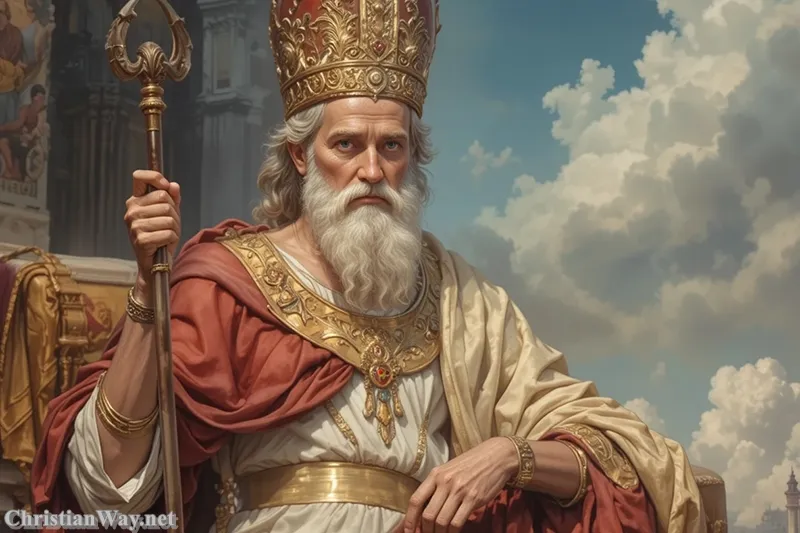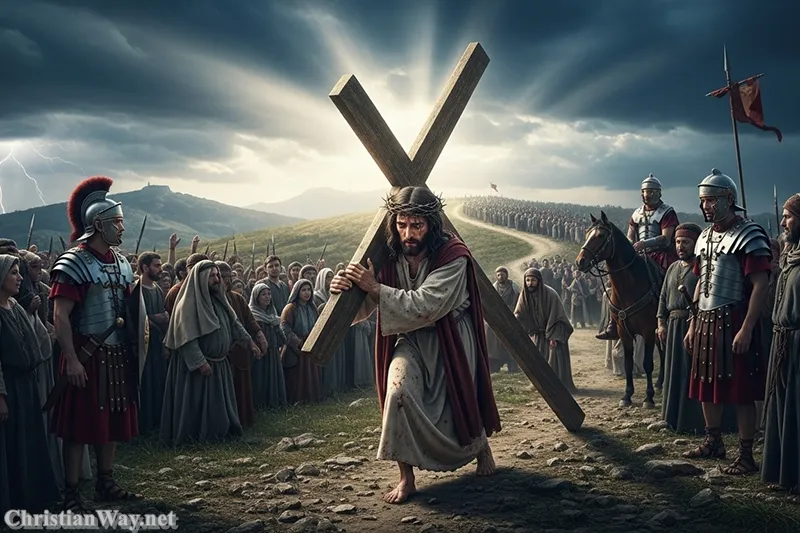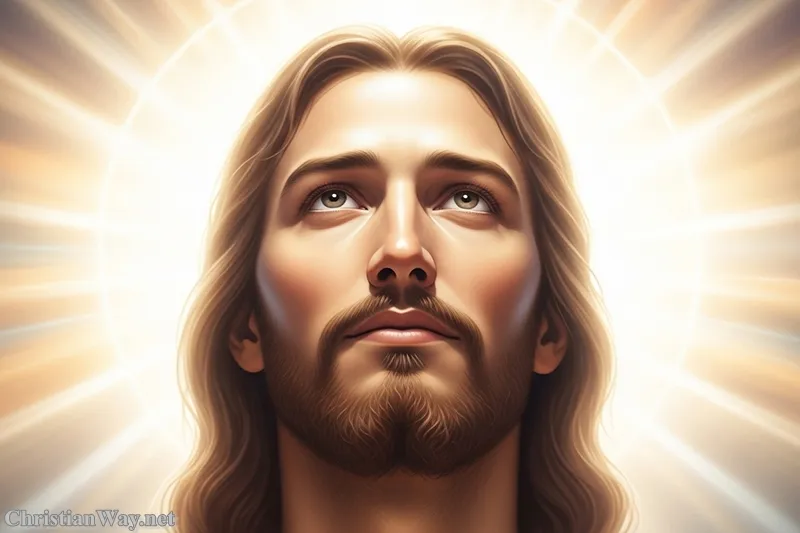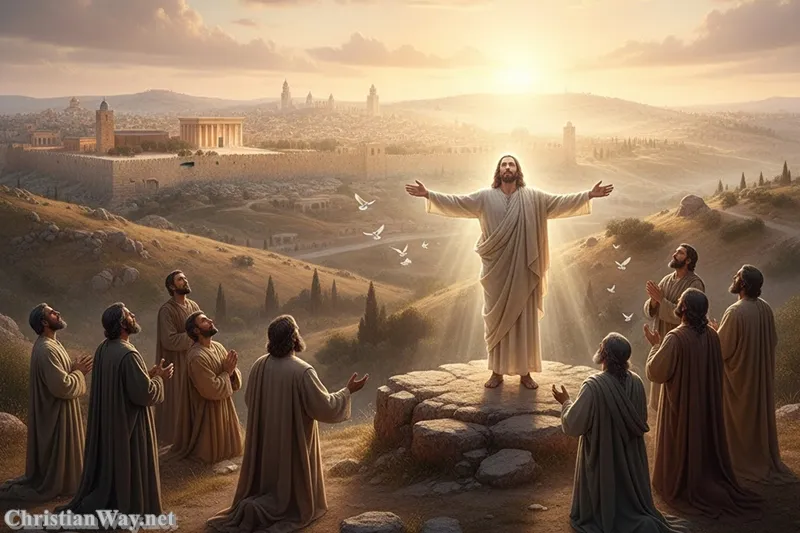Dear friends in Christ,
Every human heart, at some point, wrestles with doubt. Whether in moments of pain, confusion, or silence from heaven, we find ourselves asking: “Is God truly here?” Among the Apostles of Jesus, one man became known for this struggle more than any other — Saint Thomas, often called “Doubting Thomas.” Yet behind that label lies a story not of weakness, but of transformation — a journey from questioning to unshakable belief, from human uncertainty to divine conviction.
In the story of Saint Thomas the Apostle, we find the mercy of Christ shining through the wounds of His hands. We find that honest doubt, when brought before God, can lead not to despair but to a more profound encounter with the truth. Thomas’ journey from skepticism to faith is not a shameful failure — it is one of the most human and hopeful testimonies in the Gospel.
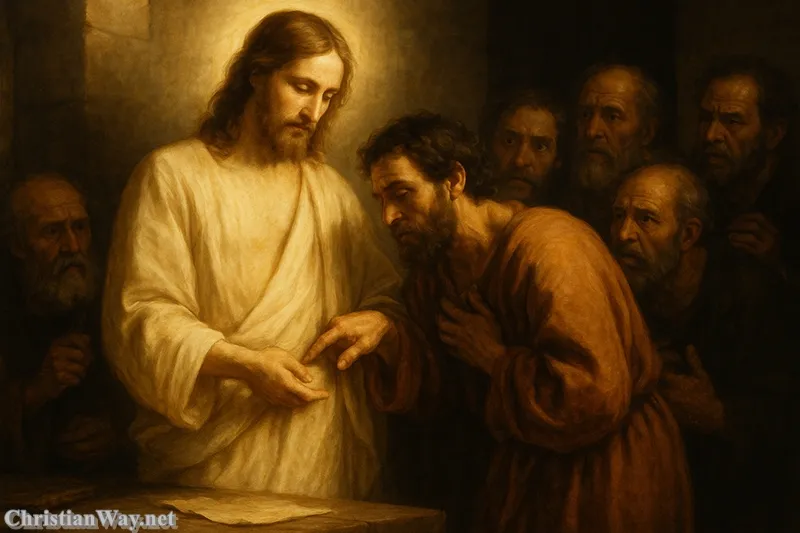
Let us walk together with St. Thomas — from the shadow of doubt to the radiant light of faith — and see how his story continues to speak to every believer who has ever whispered, “Lord, I want to believe.”
The Man Called Thomas
Thomas, also known as Didymus, meaning “the Twin,” appears several times in the Gospels. While little is known about his early life, he was chosen by Jesus to be among the Twelve Apostles — ordinary men called to an extraordinary mission.
Thomas is not as frequently mentioned as Peter, John, or James, yet the few words attributed to him reveal a man of depth, courage, and sincerity. He was not content with half-truths or vague assurances. When Thomas spoke, he did so with a heart that sought clarity — a heart that wanted to truly know.
“Let Us Go, That We May Die With Him”
Courage in the Face of Danger
Before Thomas was known for doubt, he was known for bravery. In John 11, when Jesus decided to return to Judea to visit the tomb of Lazarus, the other disciples hesitated — for the Jews had recently tried to stone Him there. But Thomas spoke up:
“Let us also go, that we may die with Him.”
— John 11:16
This moment reveals a man of fierce loyalty. Thomas was willing to risk everything to stand by his Master. Though he did not yet understand the full plan of salvation, his heart was already disposed toward sacrificial love.
Thomas was not timid or indifferent; he was a man who desired truth so deeply that he would follow it even to death. This early glimpse of his courage helps us see that his later doubt was not unbelief — it was the struggle of a heart that wanted to be absolutely sure that what it loved was real.
“Lord, We Do Not Know Where You Are Going”
The Question That Opened the Way
At the Last Supper, when Jesus spoke of His impending departure and the way to the Father, Thomas voiced what many of the disciples must have been thinking but dared not ask:
“Lord, we do not know where You are going. How can we know the way?”
— John 14:5
To this question, Jesus gave one of the most profound revelations in all of Scripture:
“I am the Way, the Truth, and the Life. No one comes to the Father except through Me.”
— John 14:6
Thomas’ honest inquiry drew forth divine truth. His question became the doorway to one of the clearest self-declarations of Christ’s identity. It shows us that God is not offended by sincere questions; He welcomes them, for they often become the very moments in which faith deepens.
“Unless I See…”
The Wound of Doubt
After the crucifixion, the disciples were crushed by grief. The Teacher they loved was dead, and with Him, their hopes seemed buried. When the risen Jesus first appeared to the disciples, Thomas was not present.
When they told him, “We have seen the Lord!”, he could not bring himself to believe. His heart, still aching from loss, could not risk another disappointment.
“Unless I see the mark of the nails in His hands, and put my finger into the nail marks and my hand into His side, I will not believe.”
— John 20:25
This sentence would forever mark him as “Doubting Thomas.” Yet it is important to understand that his doubt was not born of arrogance, but of heartbreak. He longed for the truth; he could not settle for rumor or hearsay. Thomas wanted to encounter the Risen Christ for himself.
In this, Thomas represents all of us who have struggled with faith — who want to believe, but find ourselves wounded by disappointment or fear. His story assures us that Christ does not condemn our honest struggle; instead, He steps into it with love.
“My Lord and My God!”
The Triumph of Faith
Eight days later, Jesus appeared again — this time, for Thomas. The Lord entered the room though the doors were locked, and spoke directly to him:
“Put your finger here, and see My hands. Reach out your hand and put it into My side. Do not doubt but believe.”
— John 20:27
There is no record that Thomas actually touched the wounds. At that moment, seeing the risen Christ before him, all hesitation vanished. His heart burst forth in one of the most powerful confessions in all Scripture:
“My Lord and my God!”
— John 20:28
With these words, the once-doubting Apostle became the first to proclaim the divinity of Christ so clearly. No longer was Jesus simply “the Teacher” or “the Lord” — He was God Himself.
Christ gently responded, not with rebuke, but with a blessing that extends to every believer who would come after:
“Have you believed because you have seen Me? Blessed are those who have not seen and yet have believed.”
— John 20:29
That blessing reaches us today. It tells us that faith is not the absence of doubt, but the courage to trust the One who meets us even when we cannot see.
Thomas the Apostle to the East
Missionary of the Risen Lord
Tradition tells us that Saint Thomas carried the Gospel far beyond the borders of Israel. According to ancient accounts, he traveled eastward — first to Persia, and eventually to India. There, he preached the Good News with passion, founding Christian communities that would become the roots of the ancient Syro-Malabar and Syro-Malankara Churches.
In India, Saint Thomas is remembered as the Apostle who brought the light of Christ to their land. Many Christians there proudly call themselves “St. Thomas Christians.” His mission was marked by humility, courage, and the same hunger for truth that had always defined him.
It is said that he was martyred near Mylapore, pierced by a spear — a poignant echo of the very wound he had once touched in Christ. The man who once needed proof died bearing witness to the truth he had come to know with unshakable certainty.
The Faith That Touches Wounds
From the Wound of Christ to the Healing of the Soul
There is a deep spiritual beauty in the way Christ invited Thomas to touch His wounds. In that moment, the wounds of Christ became not just evidence of His resurrection, but instruments of healing.
Thomas’ doubt was not cured by argument, but by encounter — by intimacy with the wounds of Love. The same is true for us. We are not called to suppress our questions, but to bring them to Jesus, who invites us to touch His mercy.
The wounds of Christ are not signs of defeat; they are the gates of glory. Through them, we see that God does not remove suffering from our story — He redeems it. Every wound, when united to His, becomes a place of grace.
Faith Beyond Sight
The Journey of Every Believer
Saint Thomas’ story is the story of faith in every generation. None of us have seen Christ in the flesh, yet we are called to believe. Our journey, like his, moves from uncertainty to conviction, from fear to trust.
Faith is not blind optimism; it is a relationship built on encounter. We meet the Risen Christ in Scripture, in the sacraments, and in the love of the Christian community. We hear His voice in prayer and feel His presence in the peace that passes understanding.
Saint Thomas reminds us that faith does not mean never doubting — it means continuing to seek the truth, even through the fog of uncertainty. It means standing before the mystery and saying, “My Lord and my God,” even when our hearts tremble.
Lessons from Saint Thomas the Apostle
1. Honest Doubt Can Lead to Deeper Faith
God is not threatened by our questions. When we bring our doubts to Him, He transforms them into opportunities for encounter.
2. Faith Is Rooted in Relationship, Not Proof
Thomas did not find faith through logical argument but through meeting the living Christ. True faith grows from love, not mere evidence.
3. The Wounds of Christ Heal Our Own
When Thomas touched the wounds of Jesus, he touched the depth of divine compassion. Our own wounds become sacred when offered to Him.
4. Witness Follows Encounter
Once Thomas believed, he went forth fearlessly to proclaim the Gospel. Real faith always bears fruit in mission and love.
The Meaning of “Doubting Thomas” Today
In modern language, the term “Doubting Thomas” often carries a tone of reproach. Yet perhaps we should reclaim it — for doubt, when honest, can be the soil in which authentic faith grows.
Many today live surrounded by skepticism and distraction, yearning for certainty but finding only noise. Saint Thomas teaches us that true certainty does not come from seeing everything clearly, but from meeting Someone — the risen Christ — who is Himself the Truth.
His story speaks especially to those who feel distant from faith, who long to believe but struggle to do so. Christ does not scold such hearts; He draws near, showing His hands and side, whispering gently, “Do not doubt, but believe.”
Reflect and Pray
Dear brothers and sisters, the journey of Saint Thomas the Apostle is our journey too — from questions to revelation, from searching to surrender. He reminds us that the Lord’s mercy meets us in our weakness, and that true faith is not the absence of struggle, but the perseverance to seek God even in the darkness.
Let us take courage from his confession — “My Lord and my God” — and let it become our own. Whenever we face moments of uncertainty, may we remember that the risen Christ stands before us, inviting us to trust in His presence.
May the example of Saint Thomas strengthen all who doubt, all who question, and all who hope. For faith is not about seeing — it is about loving the One who has first loved us.
May the peace of Christ dwell in your heart, and may His wounds be the source of your healing and strength.
— Fr. John Matthew, for Christian Way

